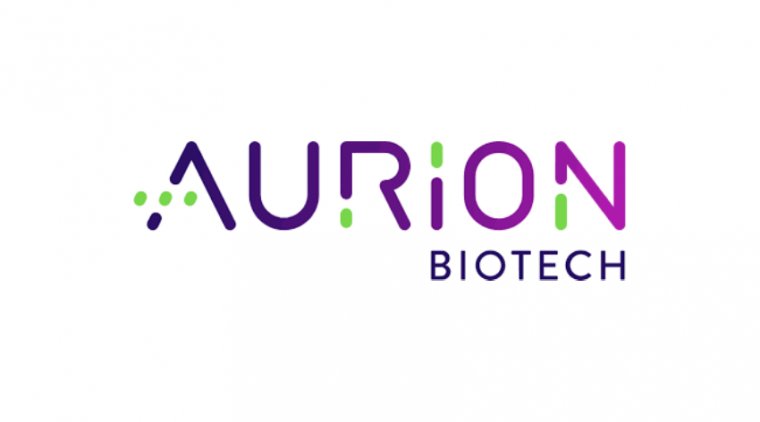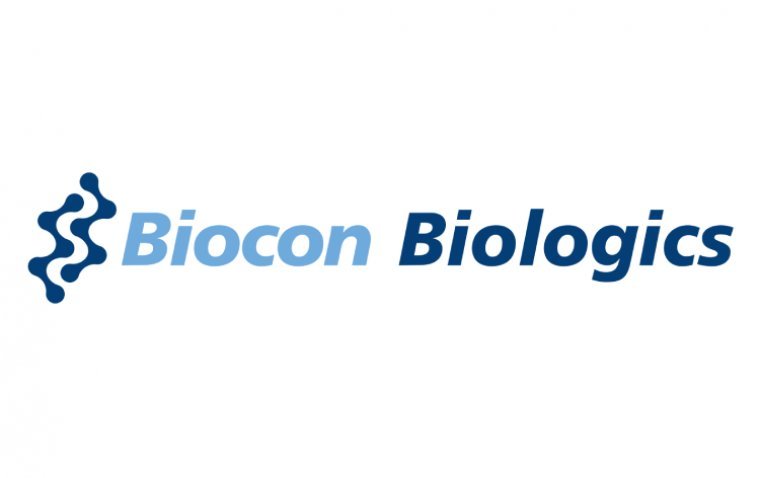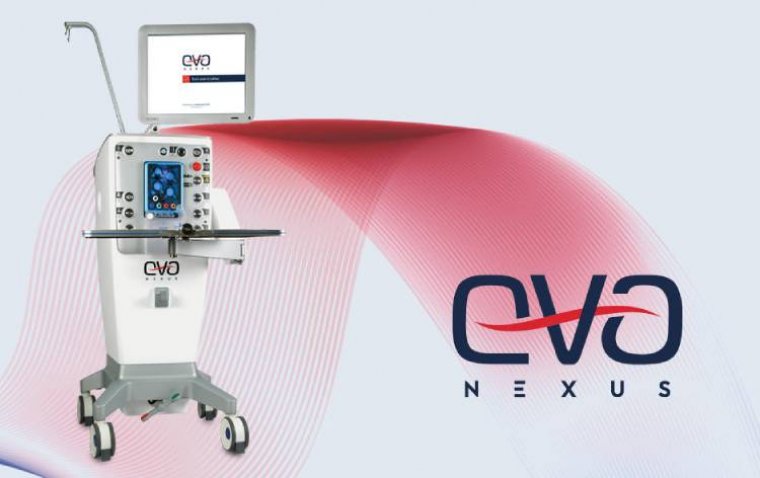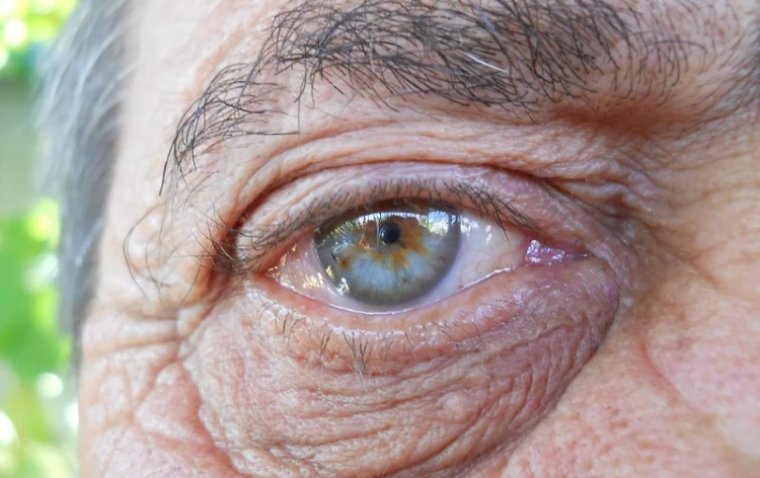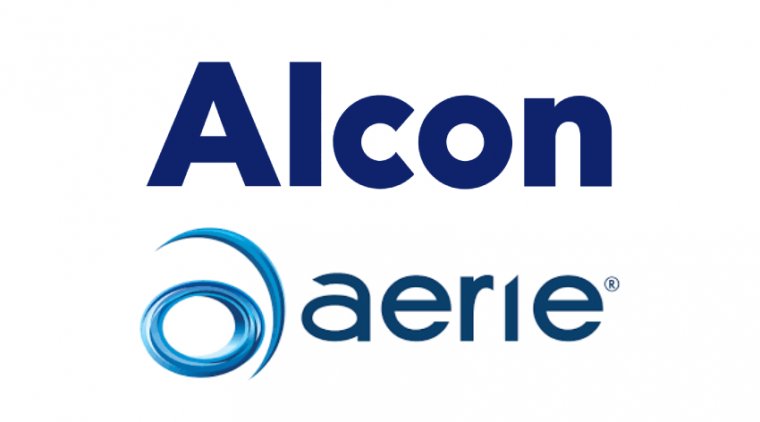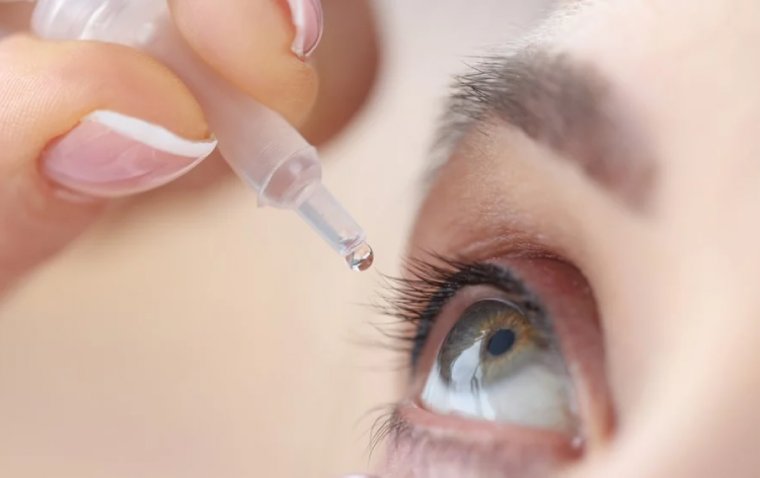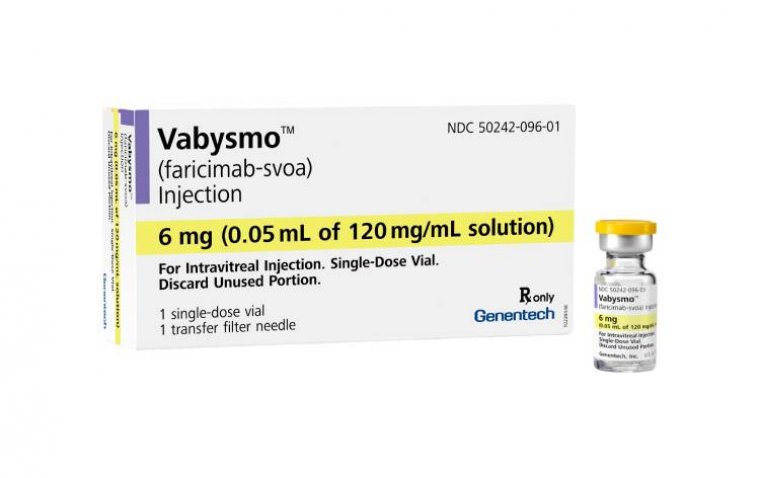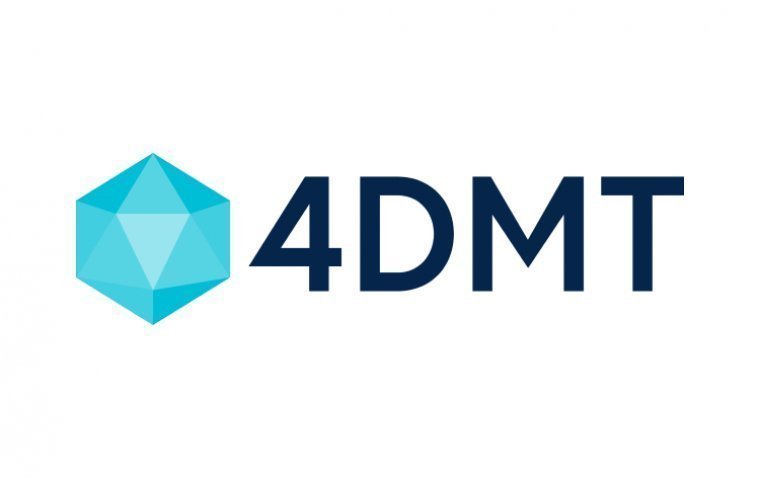
FDA Grants RMAT Designation to 4D Molecular Therapeutics' 4D-150 for Diabetic Macular Edema
4D Molecular Therapeutics (4DMT) has announced that the U.S. Food and Drug Administration (FDA) has granted Regenerative Medicine Advanced Therapy (RMAT) designation to 4D-150 for the treatment of diabetic macular edema (DME). This follows a previous RMAT designation for the same investigational therapy in wet age-related macular degeneration (wet AMD).
In a company press release, David Kirn, MD, Co-Founder and CEO of 4DMT, commented on the regulatory milestone:
“This milestone validates the potential of 4D-150 to address the significant unmet needs of patients with DME, a second large market retinal vascular disease indication after wet AMD. The RMAT designation is based on the review of our results to date from our ongoing 4D-150 SPECTRA DME study, underscoring the potential of 4D-150 to sustain visual acuity improvements while dramatically reducing treatment burden for patients. This designation in DME follows the RMAT designation granted for 4D-150 in wet AMD, and to our knowledge, 4D-150 is the first investigational medicine to be granted the designation in both indications.”
RMAT Designation: Accelerating the Development of Regenerative Therapies
The RMAT designation program was created by the FDA to expedite development and review of regenerative medicine therapies intended to treat, modify, reverse, or cure serious conditions. This designation offers sponsor companies the benefits of fast track and breakthrough therapy programs, including:
• Frequent and early FDA interaction
• Rolling review opportunities
• Streamlined clinical development paths
4D-150: A Long-Term Anti-VEGF Gene Therapy for Retinal Diseases
4D-150 is a potential backbone gene therapy developed to deliver long-term expression of anti-VEGF agents—specifically aflibercept and anti–VEGF-C—to the retina via a single intravitreal injection. Designed for both DME and wet AMD, 4D-150 aims to sustain improvements in visual acuity while reducing treatment burden and preserving safety with good tolerability.
Interim Data Supports Clinical Advancement and Regulatory Readiness
In January 2025, 4DMT announced positive 32-week interim results from Part 1 of the SPECTRA trial in DME. Key findings include:
• Well-tolerated safety profile with no intraocular inflammation observed at any dose
• At the 3E10-vg/eye dose, patients achieved +8.4 letters gain in best corrected visual acuity (BCVA) and –194 µm reduction in central subfield thickness (CST) through week 32
These findings, alongside data from the PRISM trial, supported the FDA’s acceptance of a single Phase 3 clinical trial as the basis for a biologics license application (BLA) submission for 4D-150 in DME.
Focused Pipeline Strategy and Updated Development Plans
Earlier in 2025, 4DMT also announced a strategically focused pipeline, with updates to its Phase 3 4FRONT program, new guidance for trial design, and revised cash runway projections. These updates reflect the company’s commitment to advancing 4D-150 and its broader ophthalmology portfolio efficiently.
(1).jpg)
